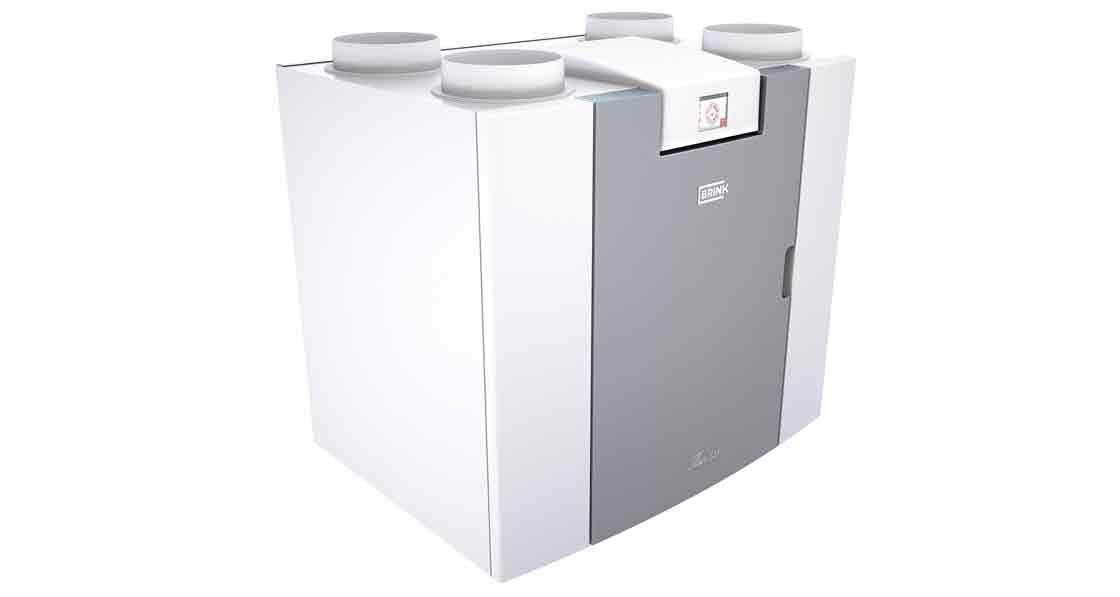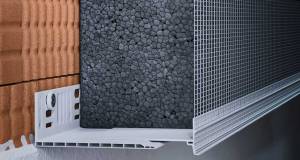
- Marketplace
- Posted
Understanding SFP crucial to MVHR choice — CVC Direct
One of the key elements that influences choice of mechanical ventilation with heat recovery (MVHR) units is specific fan power (SFP), says leading MVHR supplier CVC Direct. The basic principle of the passive house standard is to reduce energy demand, and SFP is a key indicator for measuring the energy efficiency of the MVHR unit. The lower the SFP, the more efficient the system.
This article was originally published in issue 26 of Passive House Plus magazine. Want immediate access to all back issues and exclusive extra content? Click here to subscribe for as little as €10, or click here to receive the next issue free of charge
SFP can be defined as a measure of the efficiency with which a given volume of air can be moved. In an MVHR unit the SFP relates to the total power input to the fans, controls, preheater etc, divided by the maximum airflow. SFP for MVHR units is usually expressed as watts of power per litre of air per second (W/l/s) or watts of power per meter cubed of air per hour (W/m3/hr).
MVHR systems are often used in passive house construction and the minimum performance requirement for a passive-certified MVHR unit is an SFP of 0.45W/m3/hr. It is important to note that the Passive House Institute (PHI) and the Standard Assessment Procedure (SAP) test methods are different, so the results for SFP aren’t directly comparable.
The Brink Flair 325, supplied by CVC Direct, achieves an SFP of 0.19W/m3/hr (PHI), which is 30% lower than the previous model and considerably better than similar products on the market, the company said. This is the result of improved aerodynamic design and unique fans which are equipped with an integrated control system to ensure constant flow of air.
The SFP is not fixed for any MVHR unit but fluctuates based on the air flow rate and system pressure. The Brink Flair 325 has constant volume fans and will continually adjust to provide the commissioned air flow. Added system pressure from excess bends in the ductwork, or blocked filters, will result in the fans working hard and increase the SFP. For more on the system see www.cvcdirect.org.








